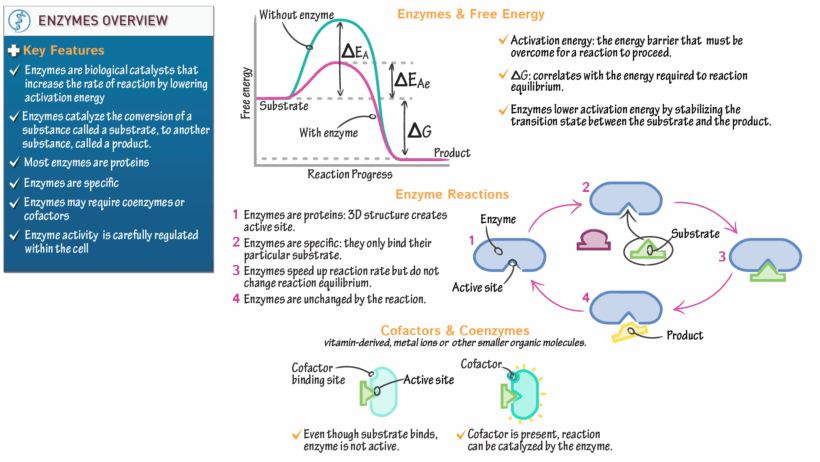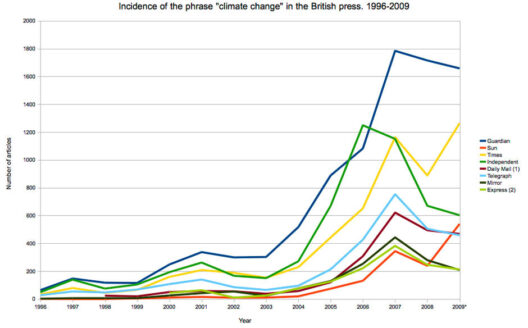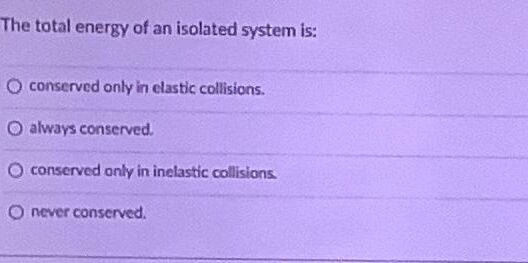Enzymes are organic catalysts that play a pivotal role in facilitating biochemical reactions within the body. They are integral to a multitude of processes that sustain life, including digestion, metabolism, and DNA replication. At their core, enzymes function by accelerating reactions that would otherwise require significant energy input to occur. This characteristic prompts an investigation into the question: do enzymes conserve energy in the body? The answer lies in understanding the mechanics of enzyme action and the energetics of biochemical reactions.
Enzymes operate by lowering the activation energy required for a reaction to proceed. Activation energy is the minimum energy threshold that reactants must overcome to transform into products. When enzymes bind to their specific substrates, they form an enzyme-substrate complex, which stabilizes the transition state—this intermediate state between reactants and products—thereby reducing the amount of energy necessary for the reaction to occur. This mechanism is fundamental to the biological efficiency observed in various metabolic pathways.
There are several types of enzymes, categorized based on their specific functions. For instance, hydrolases break down molecules by adding water, while transferases facilitate the transfer of functional groups from one molecule to another. Other notable classes include oxidoreductases, which are involved in oxidation-reduction reactions, and ligases, which catalyze bond-forming processes. Each of these enzyme types plays an essential role in conserving energy by enhancing the efficiency of metabolic reactions.
The energy conservation aspect of enzymatic reactions can be illustrated through the example of the digestive process. When we consume food, our bodies require enzymes like amylase, protease, and lipase to break down carbohydrates, proteins, and fats, respectively. Instead of demanding large amounts of energy to liquefy food items, these enzymes efficiently catalyze the necessary chemical reactions, allowing the body to extract nutrients with minimal energy expenditure. Without enzymes, the human body would struggle to derive energy from food effectively, leading to potential macronutrient deficiencies and impaired physiological functions.
A more extensive example of energy conservation through enzymatic action can be found within cellular respiration. Cell metabolism includes several stages—glycolysis, the Krebs cycle, and oxidative phosphorylation—all of which are driven by various enzymes. In glycolysis, the breakdown of glucose into pyruvate eliminates the need for cells to rely on a fixed amount of energy stored in glucose; instead, enzymes allow for a more controlled release of energy. This gradual release is akin to managing a slow-burning fuel source rather than an explosive detonation of energy, further solidifying the role of enzymes in energy conservation.
The influence of enzymes extends beyond mere energy conservation; they embody a significant aspect of metabolic regulation. Enzymatic activity is often modulated by various factors, including substrate concentration, temperature, pH, and the presence of inhibitors or activators. This regulatory capacity ensures that energy expenditure within the body is aligned with physiological demands. For example, during periods of increased physical activity, the demand for ATP—the energy currency of the cell—intensifies, prompting an upregulation of enzymes involved in the glycolytic and citric acid cycle pathways.
Moreover, enzymes can significantly shape metabolic flux. Metabolic flux refers to the rate at which substrates are converted to products within metabolic pathways. Enzymes with a high turnover rate contribute to quicker conversion processes, thus optimizing energy conservation. Conversely, enzymes exhibiting high affinity for their substrates may lead to slower responses, allowing for more substantial energy conservation in situations where rapid reactivity is not exigent. Such nuances in enzymatic behavior underline the intricacy of biochemical pathways as they relate to energy homeostasis.
In addition to their primary catalytic functions, enzymes also interact with coenzymes and cofactors, which are non-protein molecules that assist in enzyme activities. Coenzymes, often derived from vitamins, play a crucial role in enhancing enzymatic functions, thus further supporting metabolic processes aimed at energy conservation. For example, the coenzyme NAD+ is pivotal in cellular respiration, allowing for the efficient transfer of electrons during redox reactions. This function amplifies the energy derived from metabolic processes, showcasing the symbiotic relationship between enzymes and their auxiliary partners as they collaborate to minimize energy loss.
The robust connection between enzymes and energy conservation resonates with broader biological implications. In times of environmental stress or scarcity, such as during droughts or food shortages, organisms can adapt their enzymatic pathways to maximize energy conservation, thereby ensuring survival. This adaptability highlights the evolutionary significance of enzymes as critical elements in the conservation and regulation of energy within biological systems.
In summary, enzymes serve as biochemical shortcuts that do not merely facilitate reactions but are instrumental in conserving energy throughout a multitude of physiological processes. Through their ability to lower activation energy, regulate metabolic pathways, interact with coenzymes, and adjust to varying environmental demands, enzymes exemplify the delicate balance of energy management within biological systems. The complexities involved in enzymatic function reveal an intricate interplay between biochemistry and energy conservation, ultimately underscoring the importance of enzymes in sustaining life.







